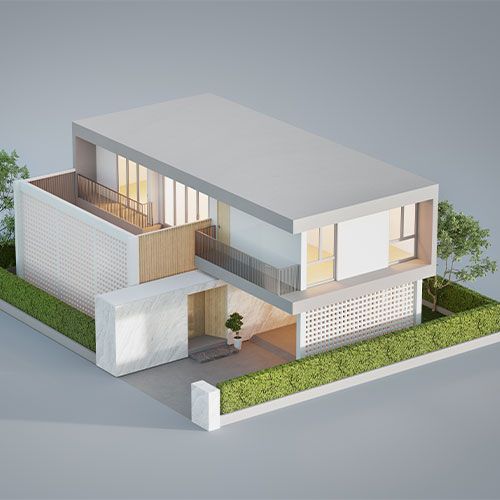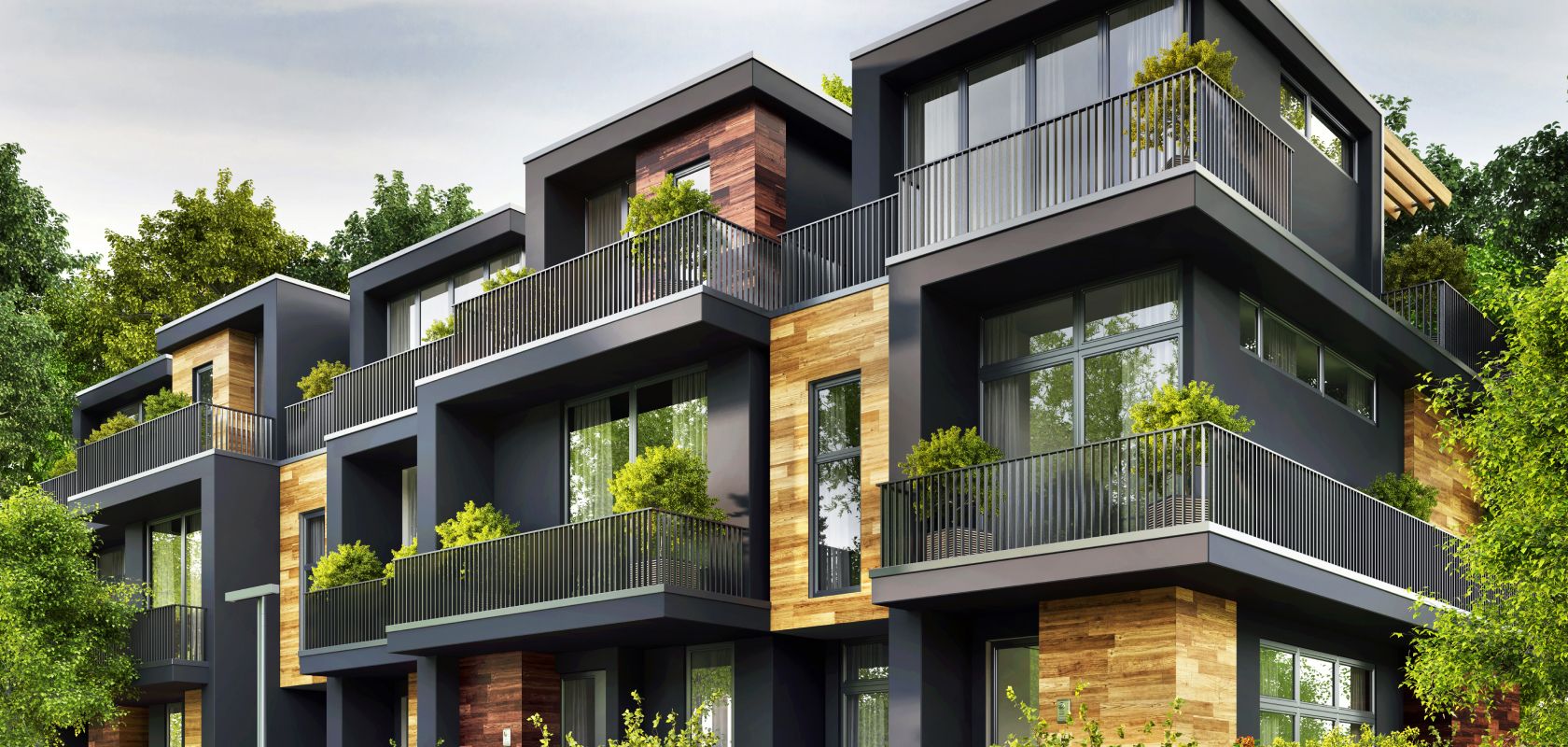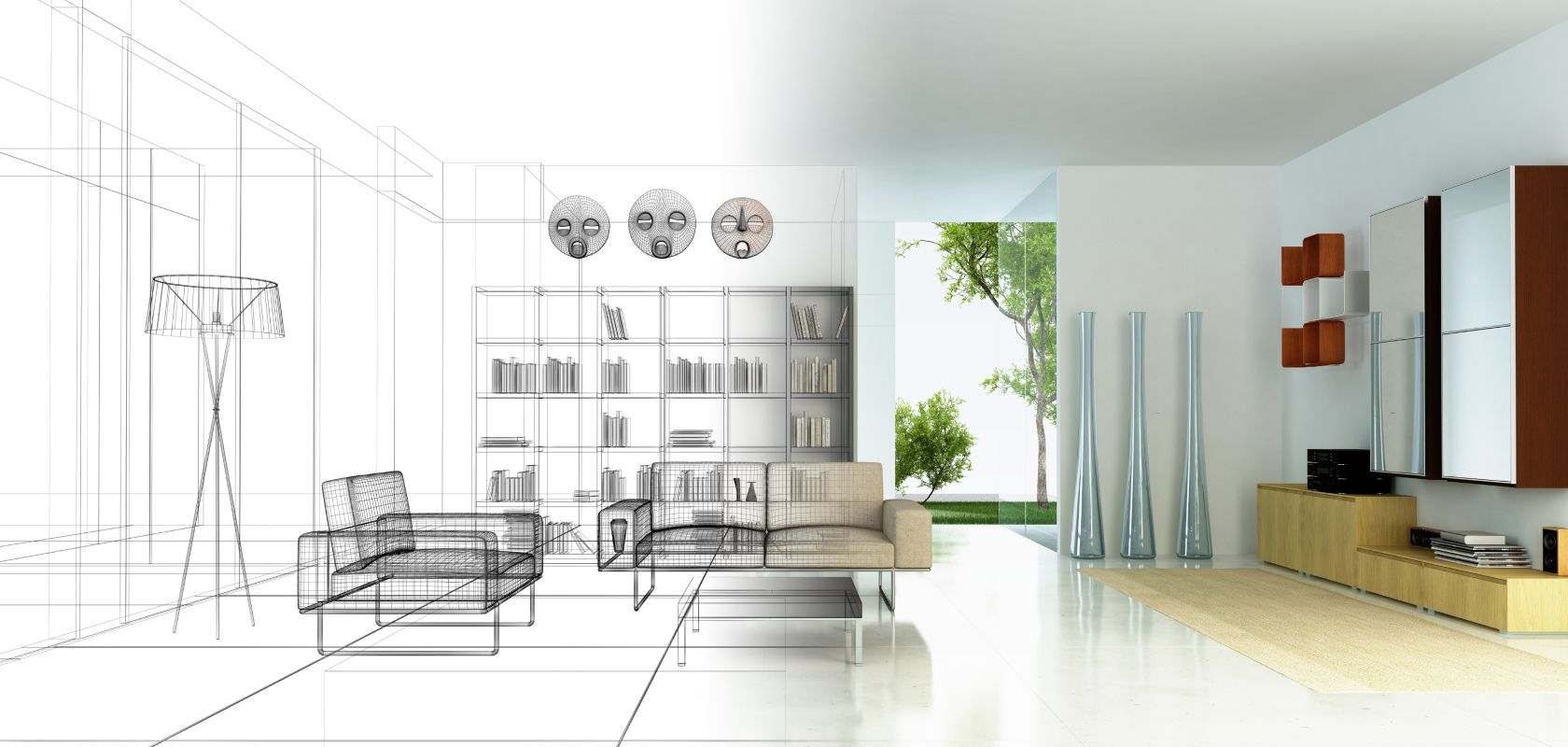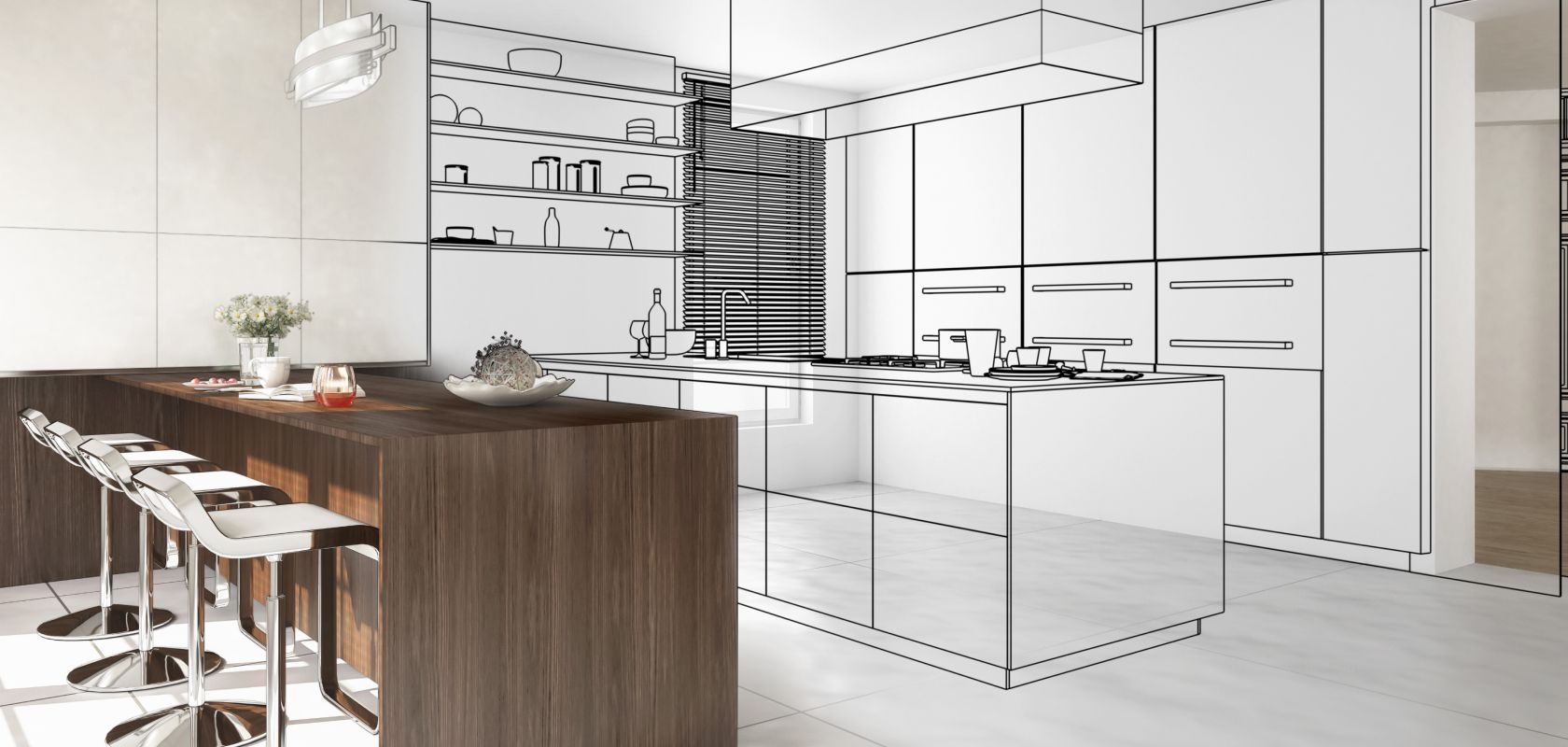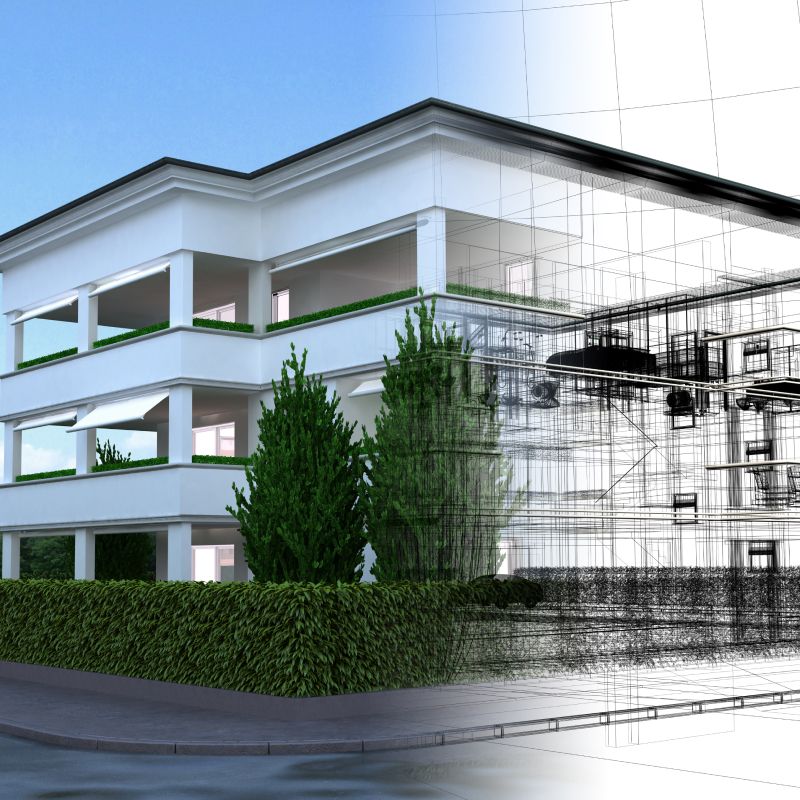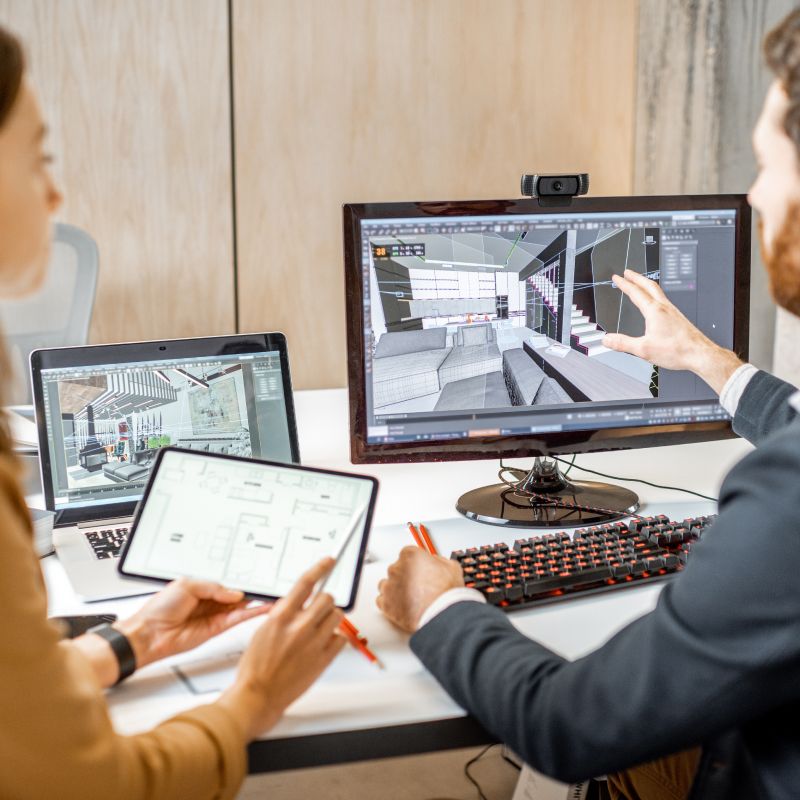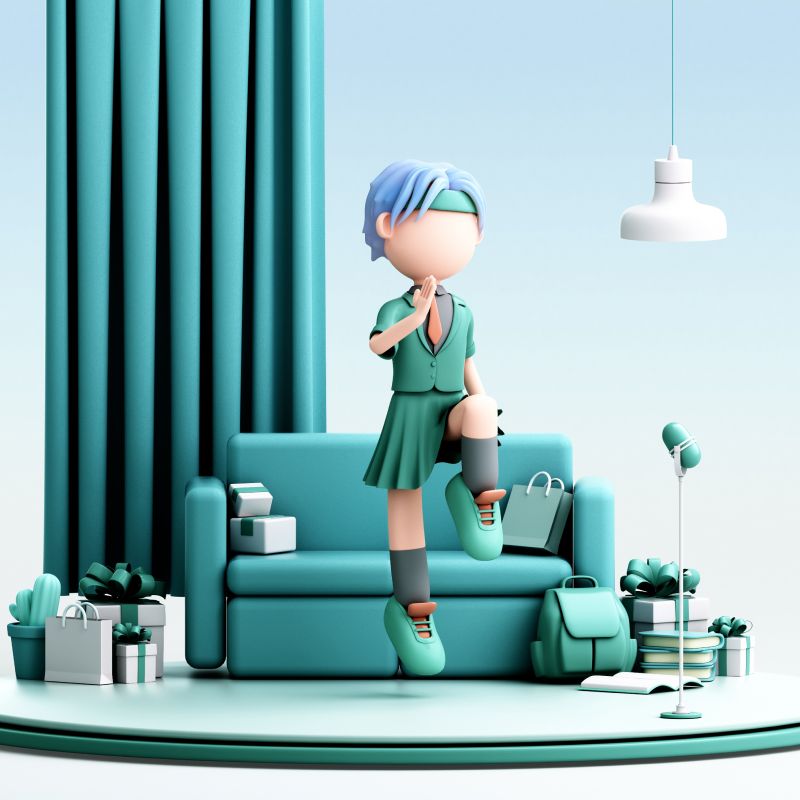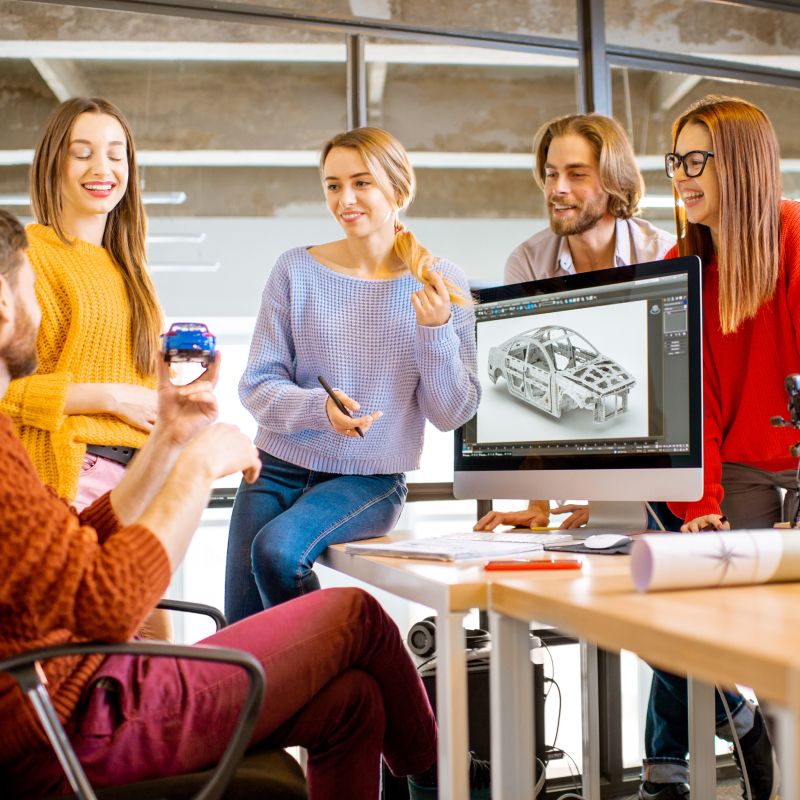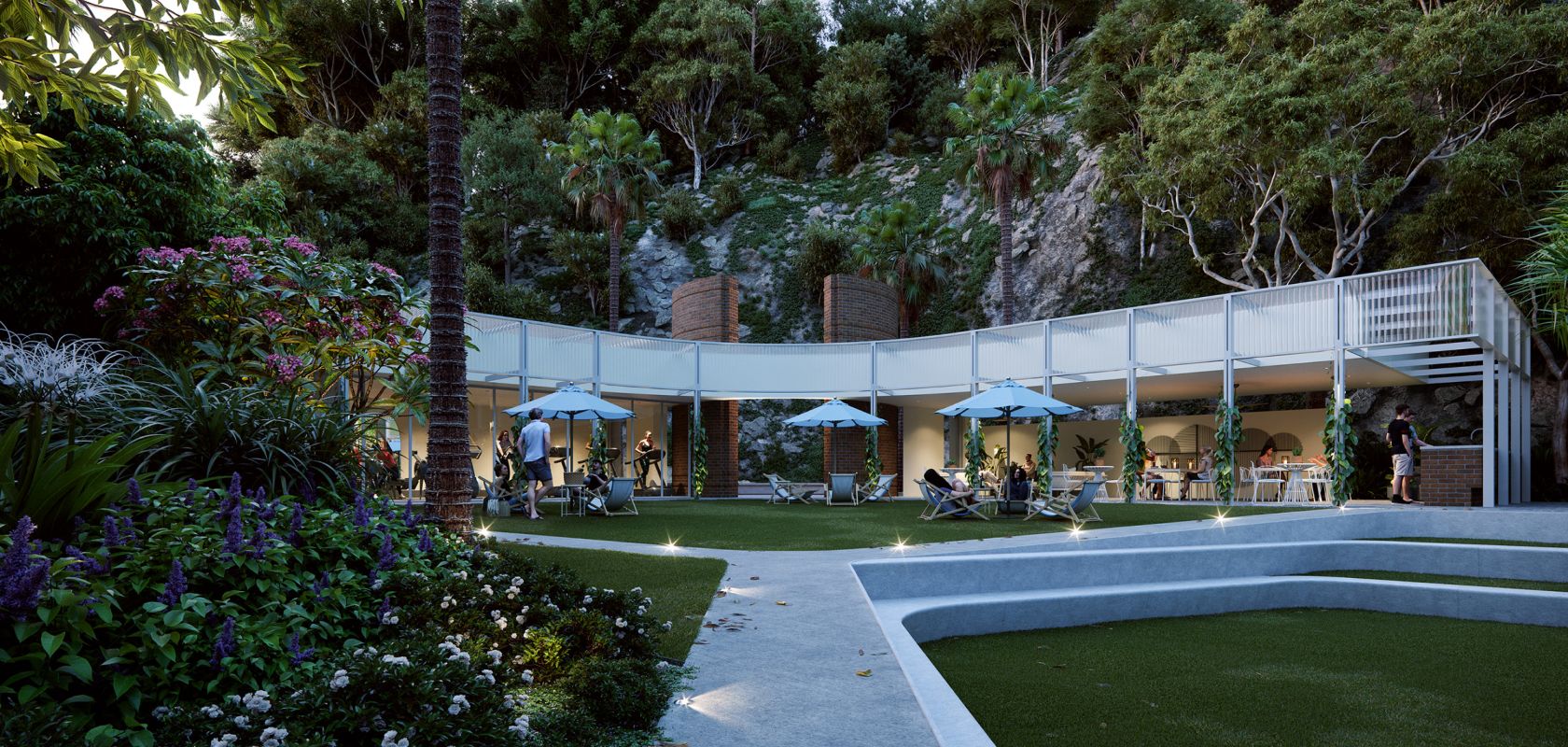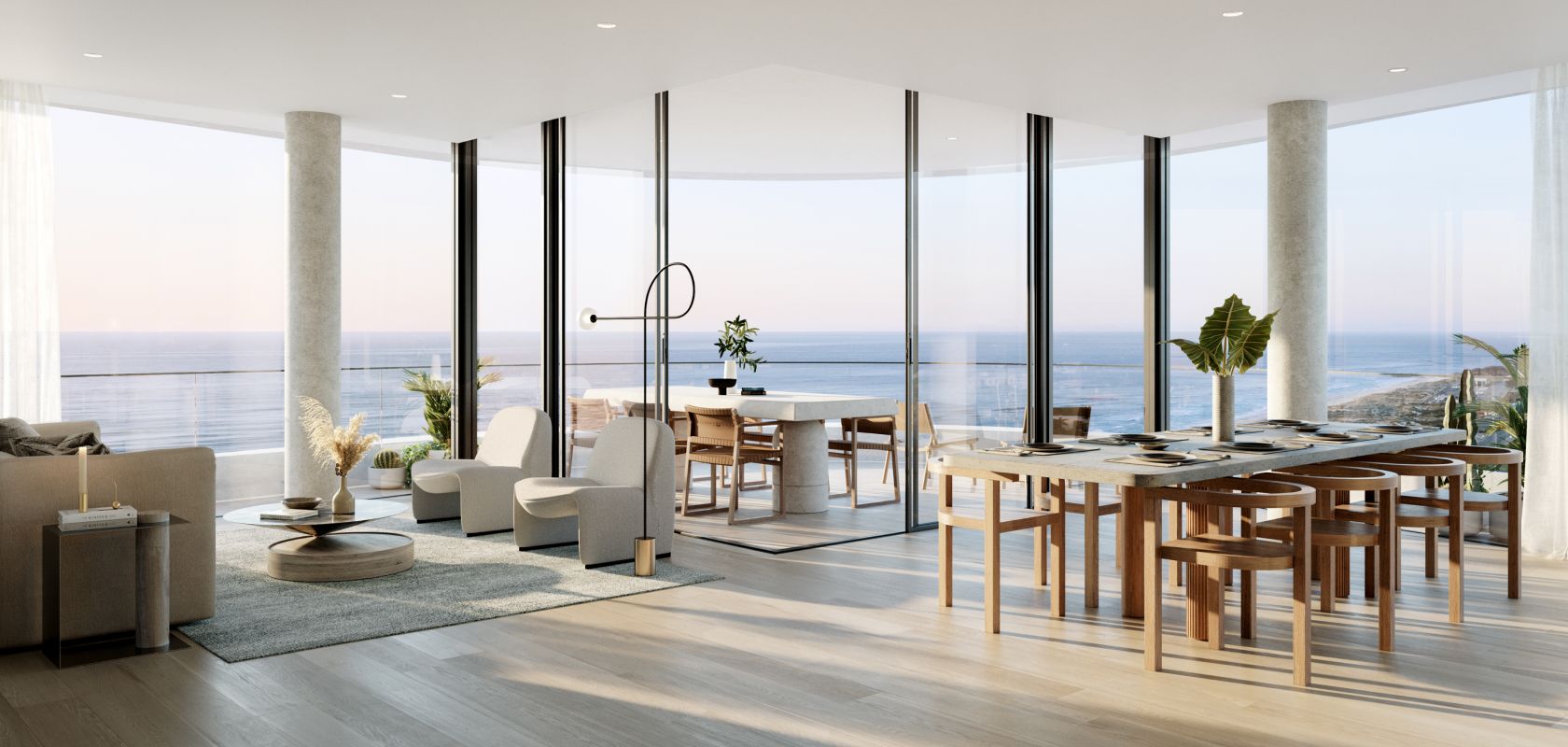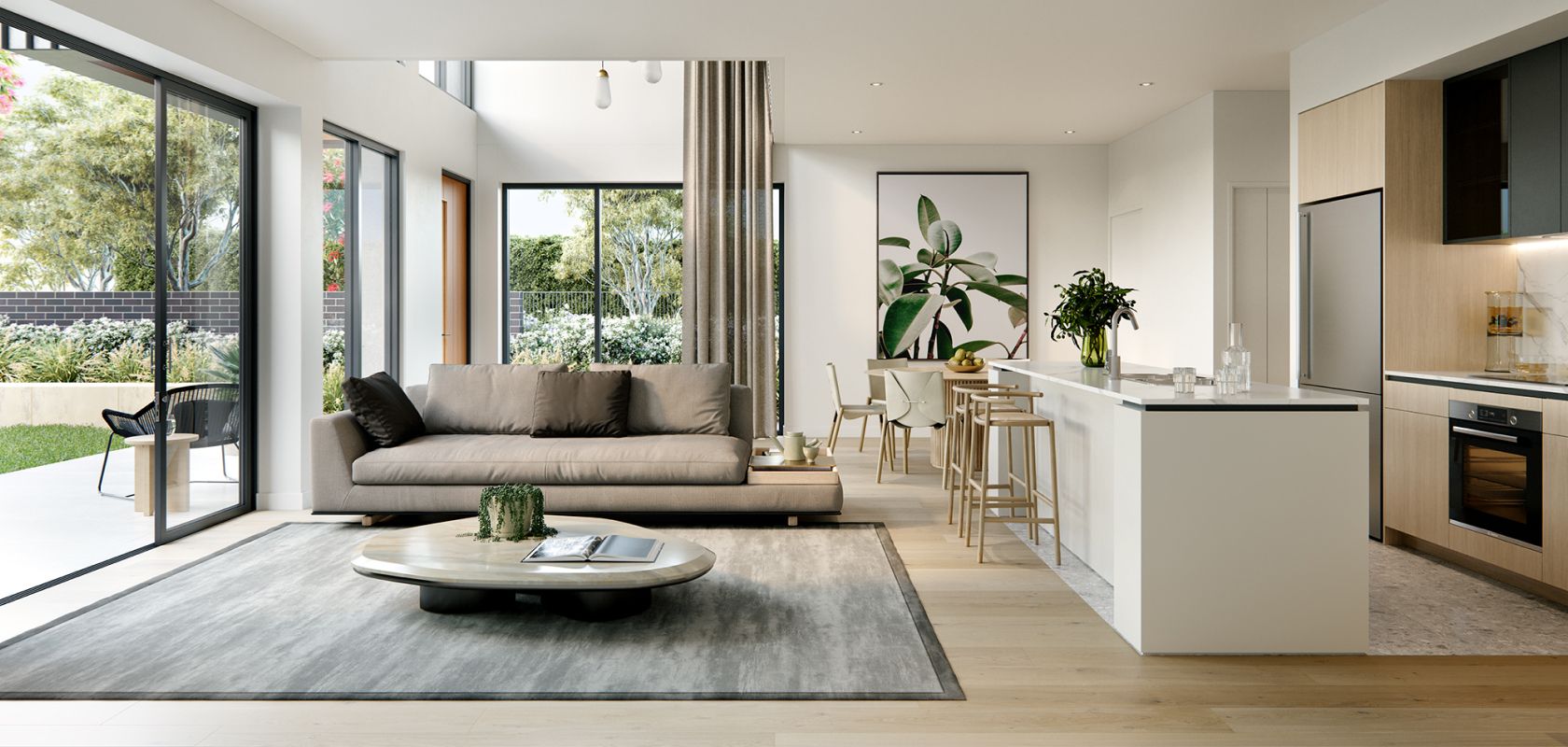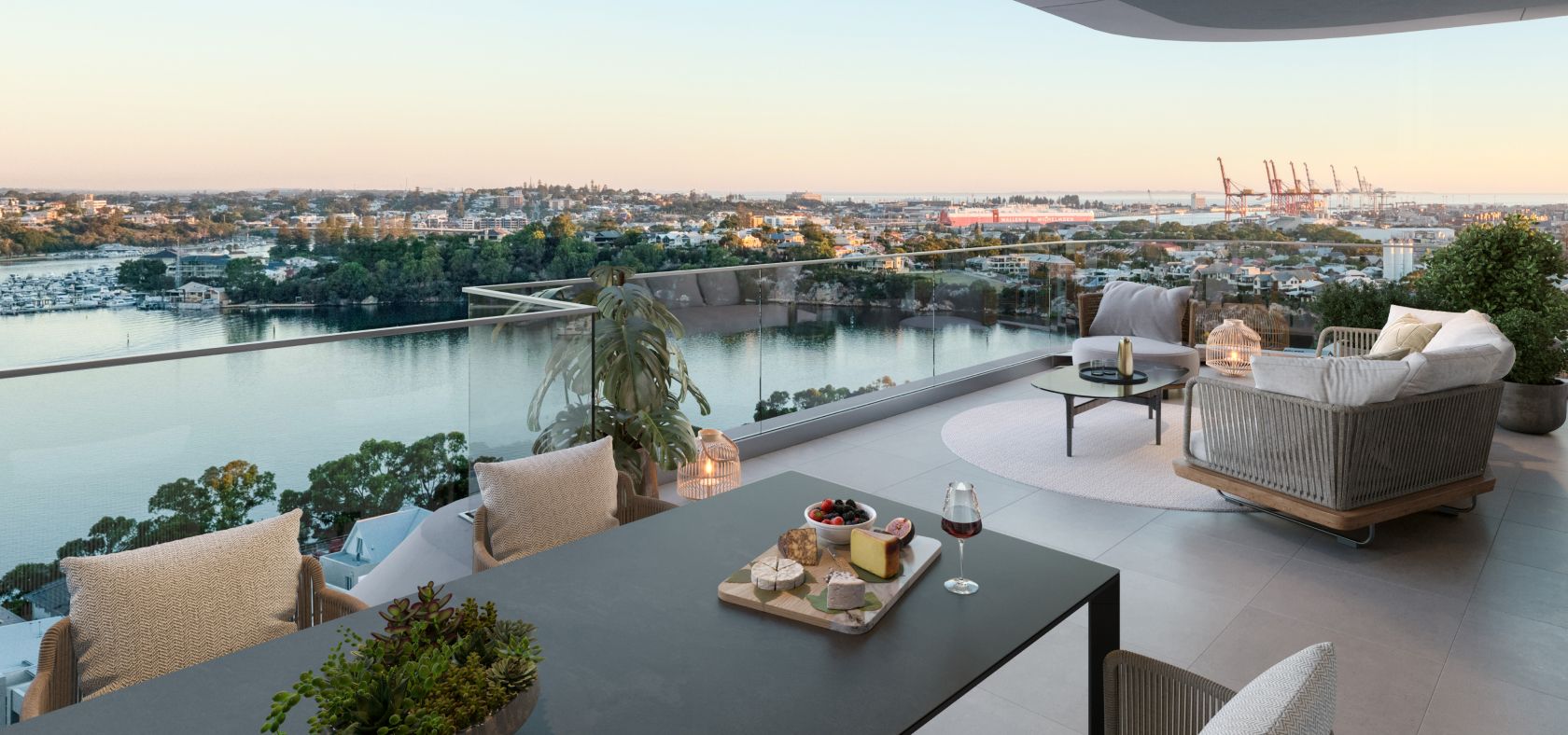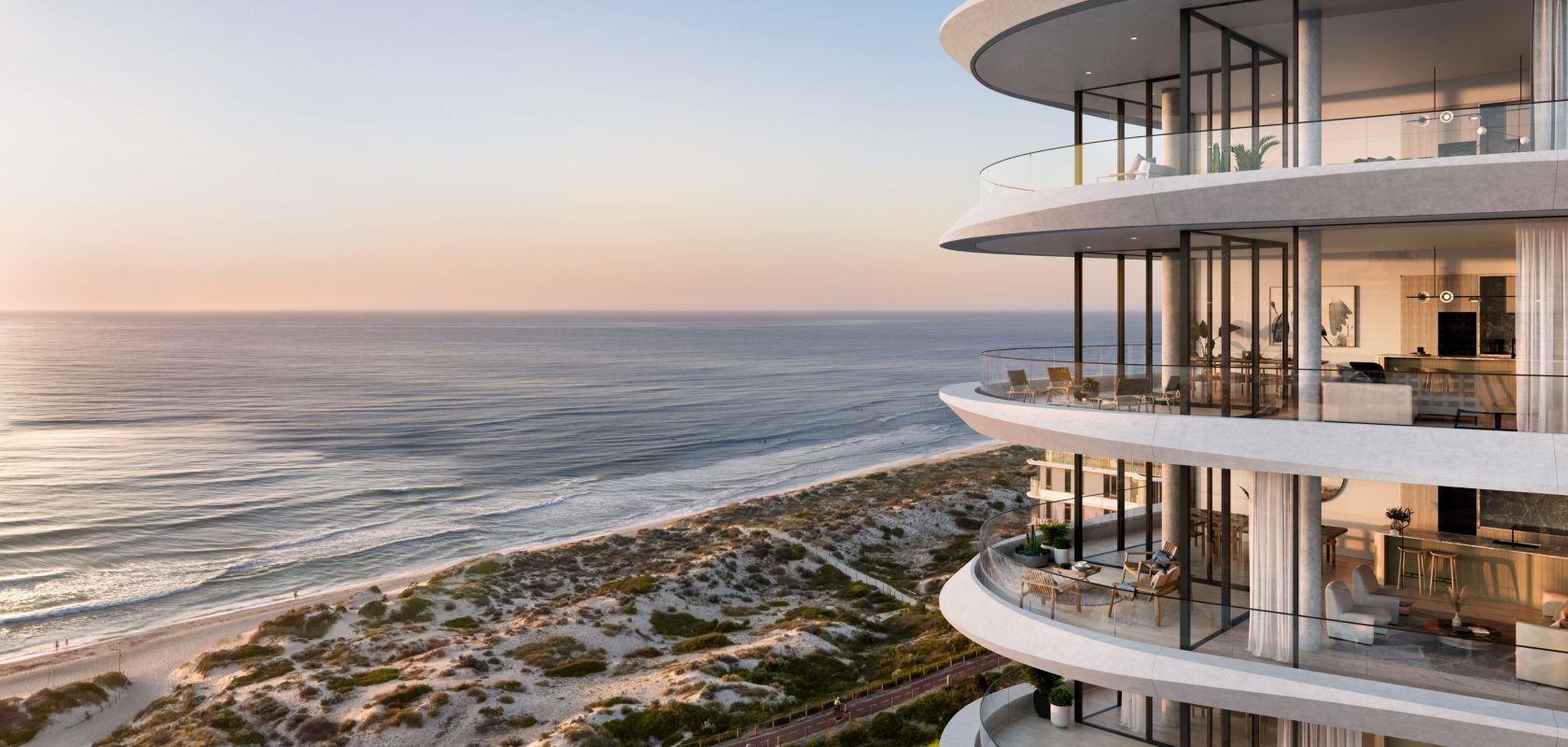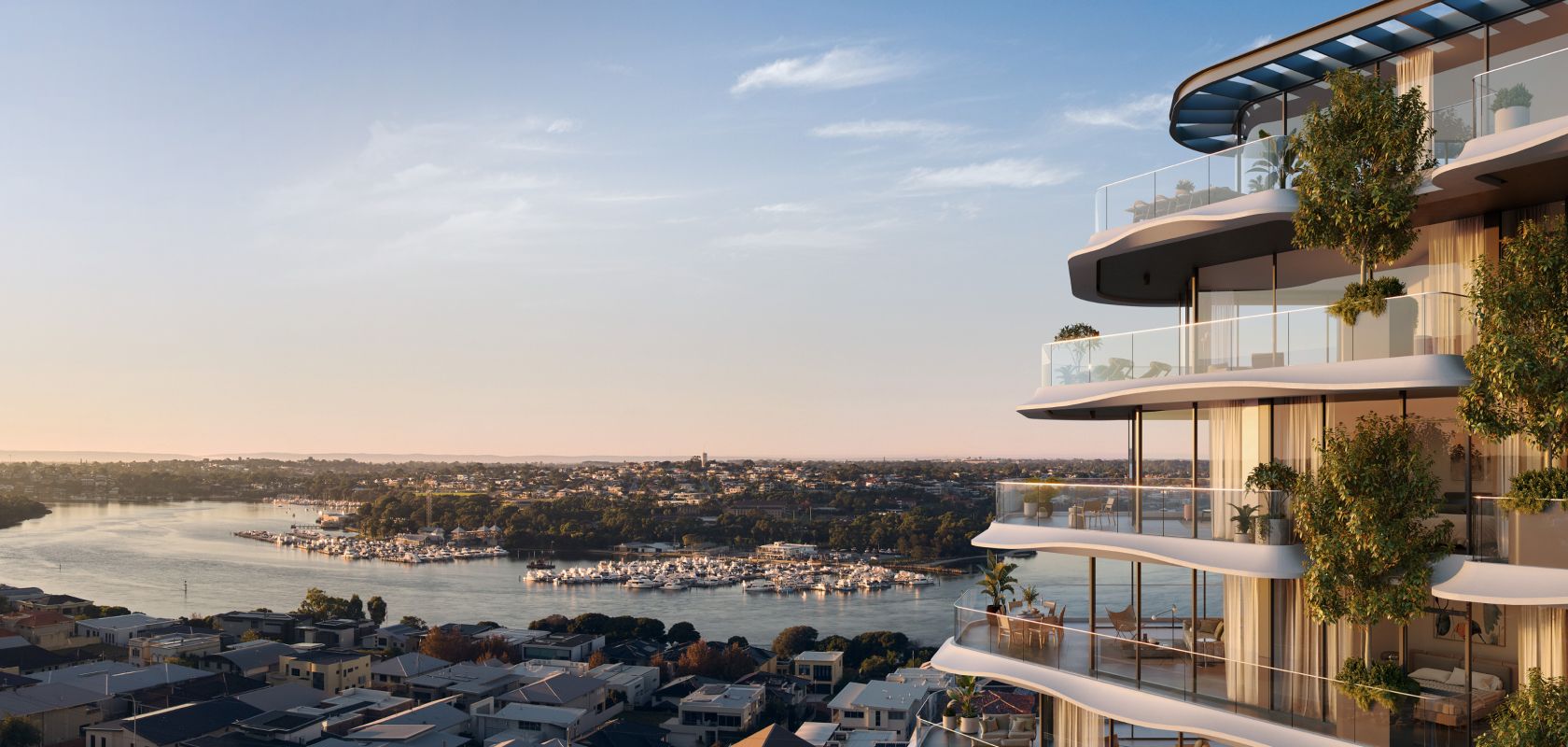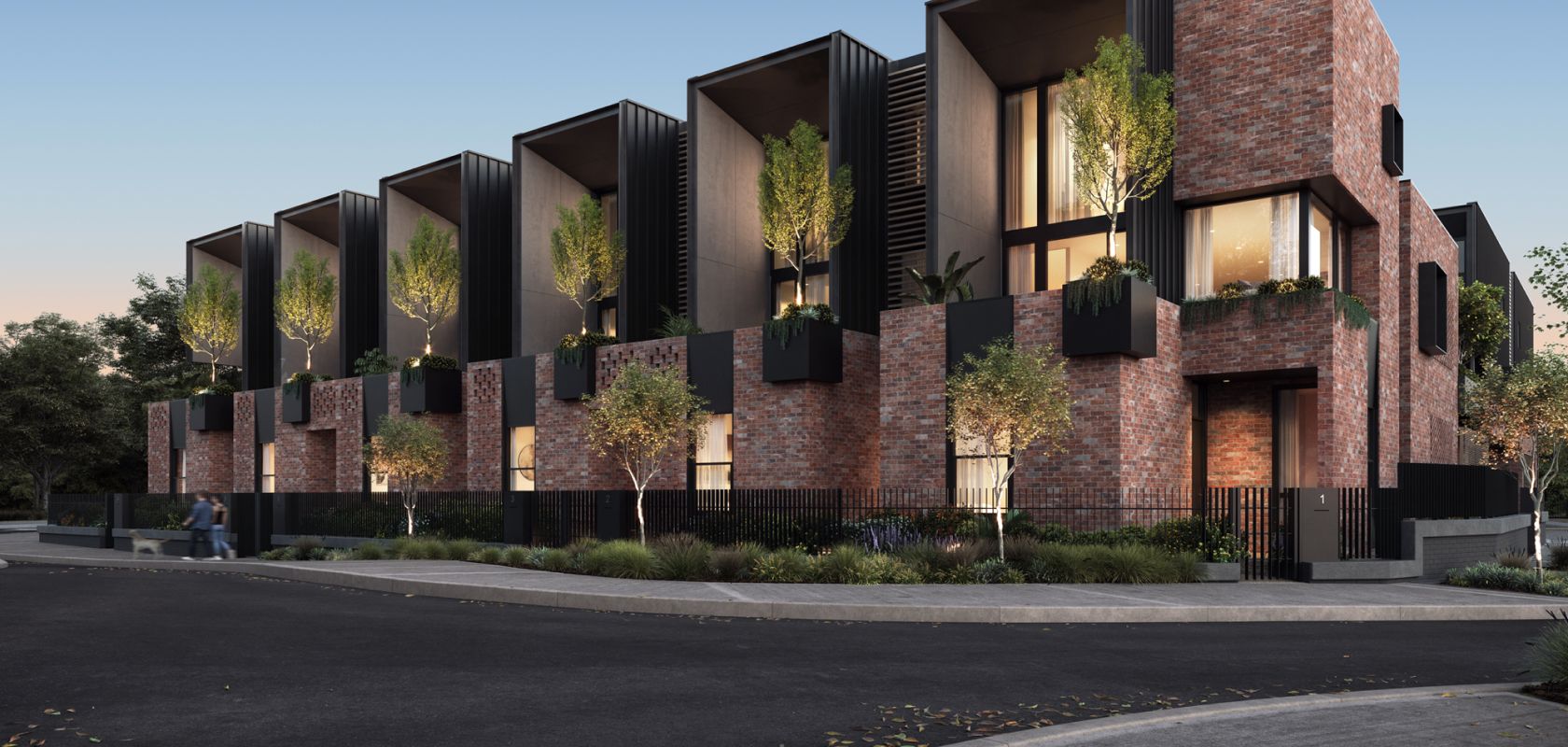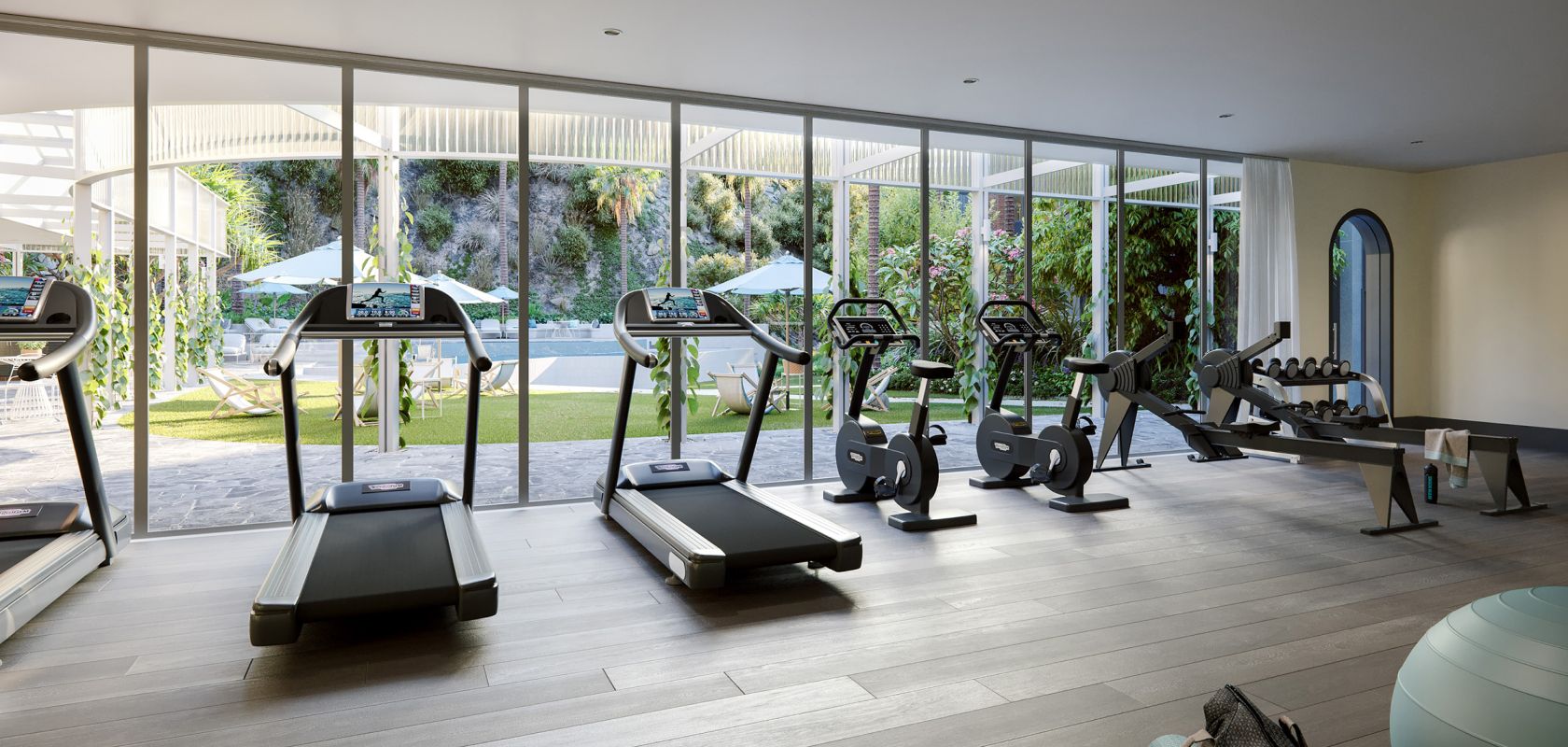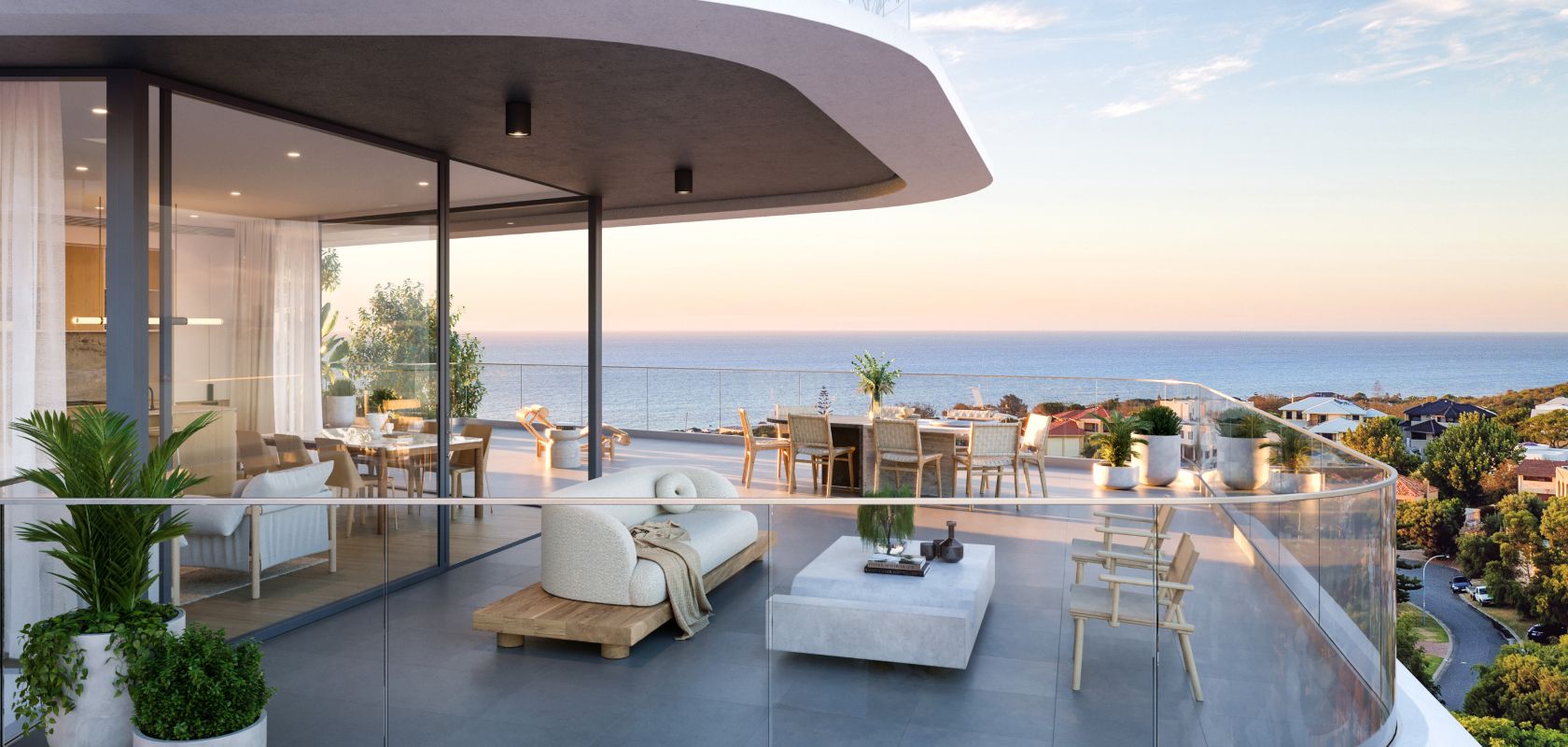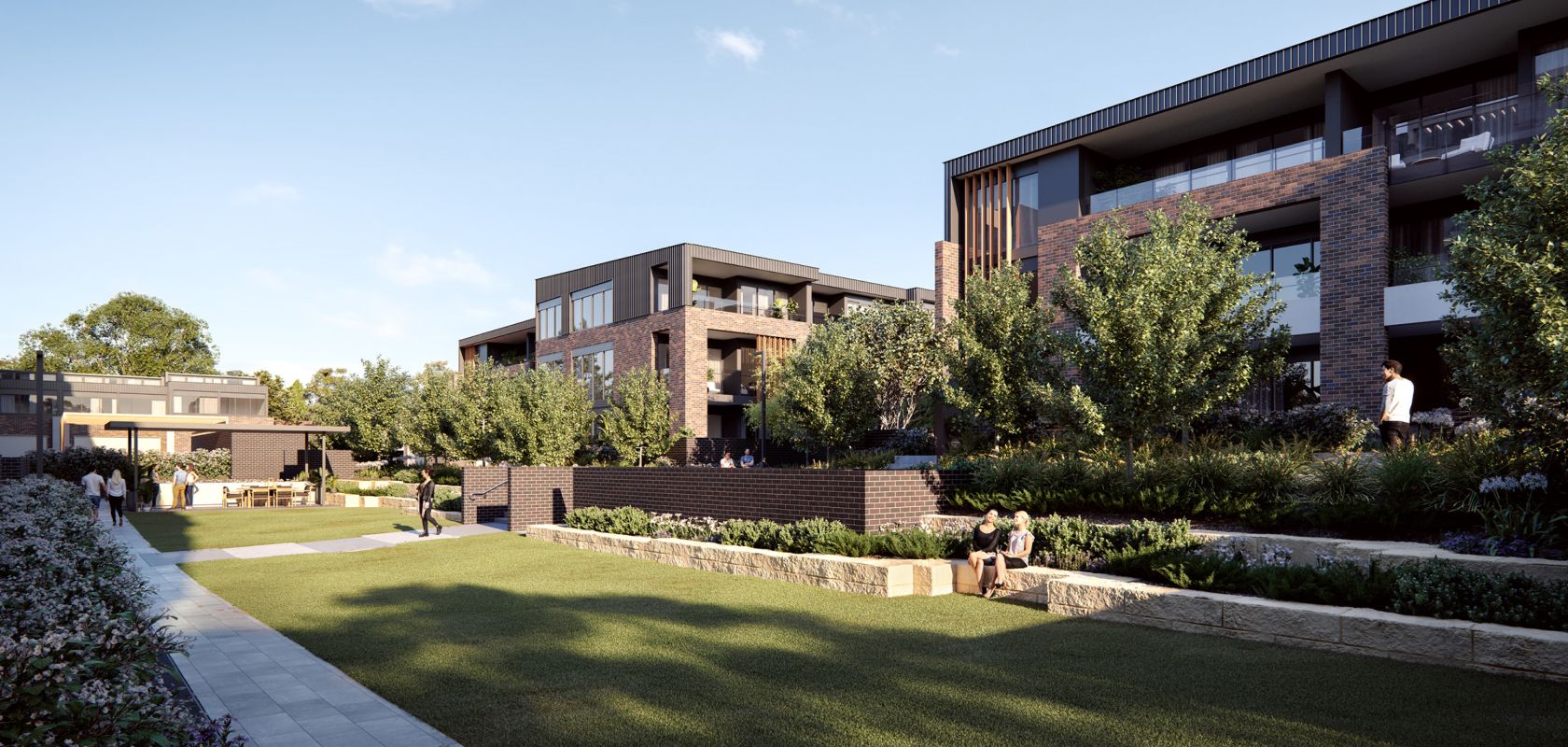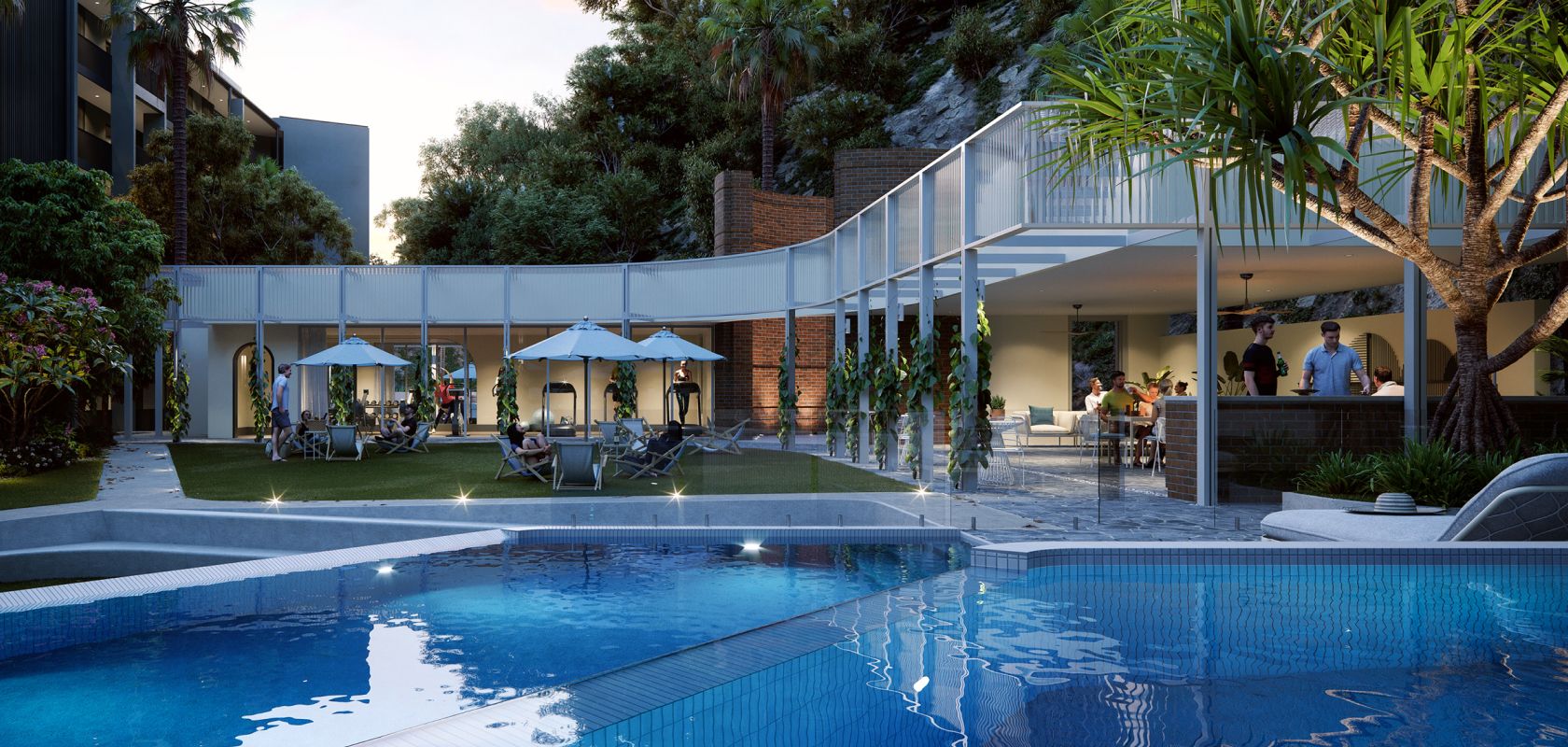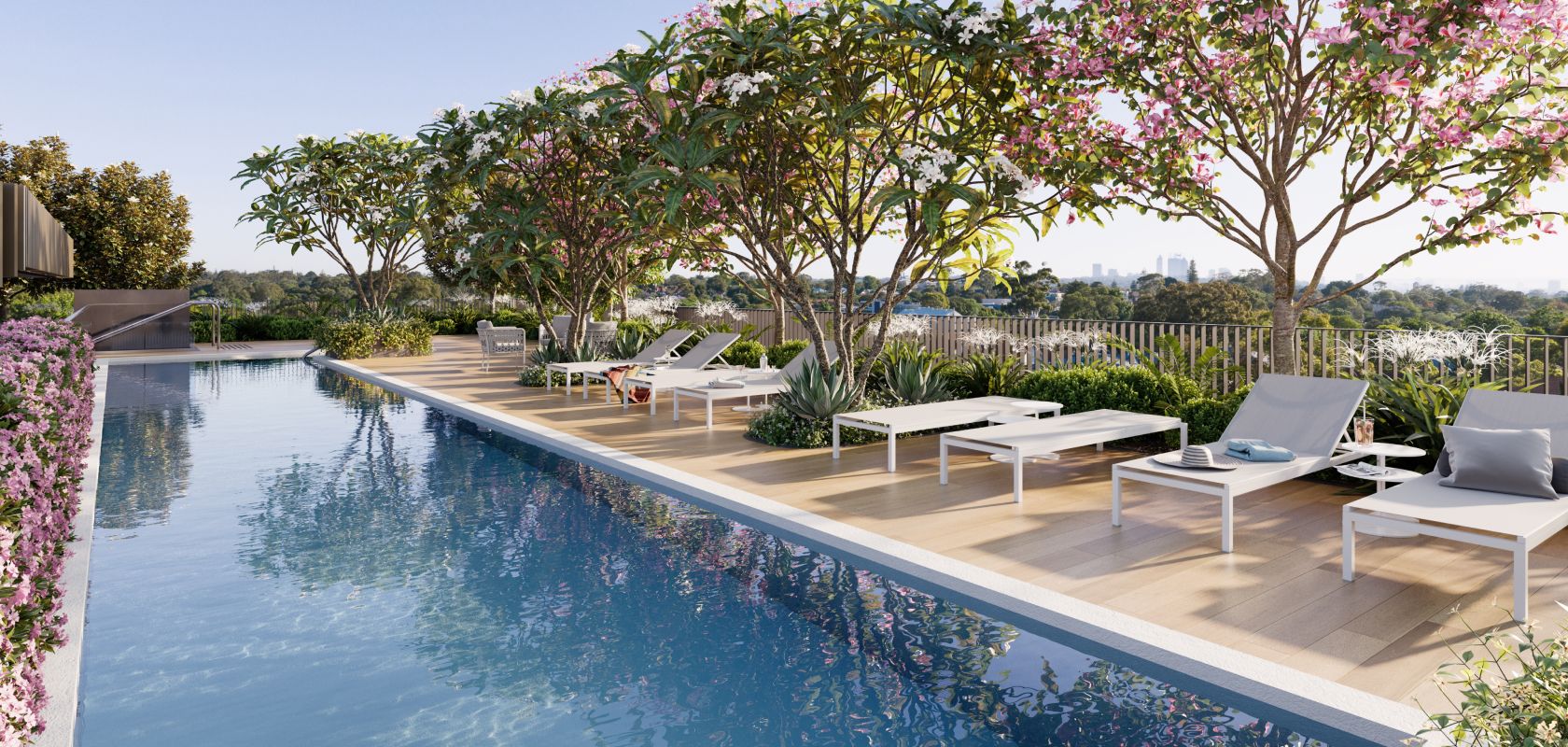3D modeling services
We partner with our clients to produce a photo-realistic 3D (three-dimensional) representation of their products or projects. We start from 2D designs, plans or photos to create the most realistic depiction of your vision. Our global team of 3D artists have demonstrated over the years their expertise and skills in developing quality 3D models, with a keen eye on textures, materials, lighting and more. We collaborate with global organizations across a range of industries, from architecture, engineering, and construction (AEC) to furniture manufacturing industry.
3D modeling use cases
An efficient 3D model creation process has become a pre-requisite during the adoption of virtual reality (VR), augmented reality (AR), mixed reality (MR) or 3D technologies. The 3D model is the centrepiece of your VR, AR or 3D experience. During the planning phase of your extended reality (XR) solutions to solve your training, remote presentations, retail experiences or 3D ecommerce challenges, you must ensure you have identified a partner with the required understanding of both your XR project and your product.
Our professional team is specialized in all aspects of XR and 3D, to ensure you succeed with your 3D transformation plan.
Content Manager
Learn MoreExamples: 3D furniture models
3D models are increasingly important to create a real-life representation of tables, chairs, sofas, beds, or other furniture. Whether used for 3D ecommerce, or for augmented reality applications, retailers and merchant must give shoppers the best representation of their product in 3D.
Examples: 3D appliances models
When showcasing your kitchen appliances, it is crucial you give your customers a photorealistic demonstration of your product in 3D. With refrigerators, for instance, customers want to see dimensions and spatial information. In this context, it is fundamental that you adopt a 3D ecommerce strategy, that increases conversions and reduces product returns.
3D models across industries
Organizations are implementing digital transformation processes that see 3D worlds at the forefront of their strategy. For instance, most industrial sectors are today adopting 3D product modelling as the key element in their omnichannel marketing tactics. From online and brick-and-mortar retailers, architecture, engineering, and construction (AEC), automotive, naval, real estate, healthcare, pharma to manufacturing and textiles, Vection Technologies can support your 3D model creation processes.
3D modelling creation process
Vection Technologies follows a rigorous 3D modelling creation process. Our experienced team creates photo-realistic three-dimensional models that showcase product properties that are complicated to explain in 2D (two-dimensional) settings. The process commences with a detailed product analysis based on data collected from the client, followed by blocking, detailing, texturing, modelling and more. The data collection process is the key step in our process, and it is crucial to the generation of a 3D model that creates value in 3D, VR and AR settings.
Why are 3D models important?
3D models give users the opportunity to visualize and interact with a digital version of a product. They can be defined as the next generation of 2D images and videos. The benefits of 3D modelling can be summarised as increased sales and reduced costs. Other benefits include, among others, realism, customisation, faster prototyping, increased quality, increased spatial understanding, and faster project approvals.
Best in class software
3D product modelling is a matter of experience and skillset. Vection Technologies has trained a collective team of professionals that have collaborated with some of the biggest global brands. We have a deep understanding on how 3D product models impact the customers’ purchasing decision, and we provide best-in-class advice and consulting services. Our skillsets range across widespread software including Autodesk 3DS MAX, Autodesk Maya, Rhino3D and many more.
What is a 3D render?
3D rendering refers to the process of creating 2D images from a 3D model. 3D rendering is used to generate photorealistic images that look like pictures taken by traditional cameras, where you cannot discern the difference between the 3D render and a photograph. Because of its complexity, 3D renderings were traditionally expensive. However, significant technology advancements have impacted on this process and made 3D renderings available to the public at an acceptable price range.
